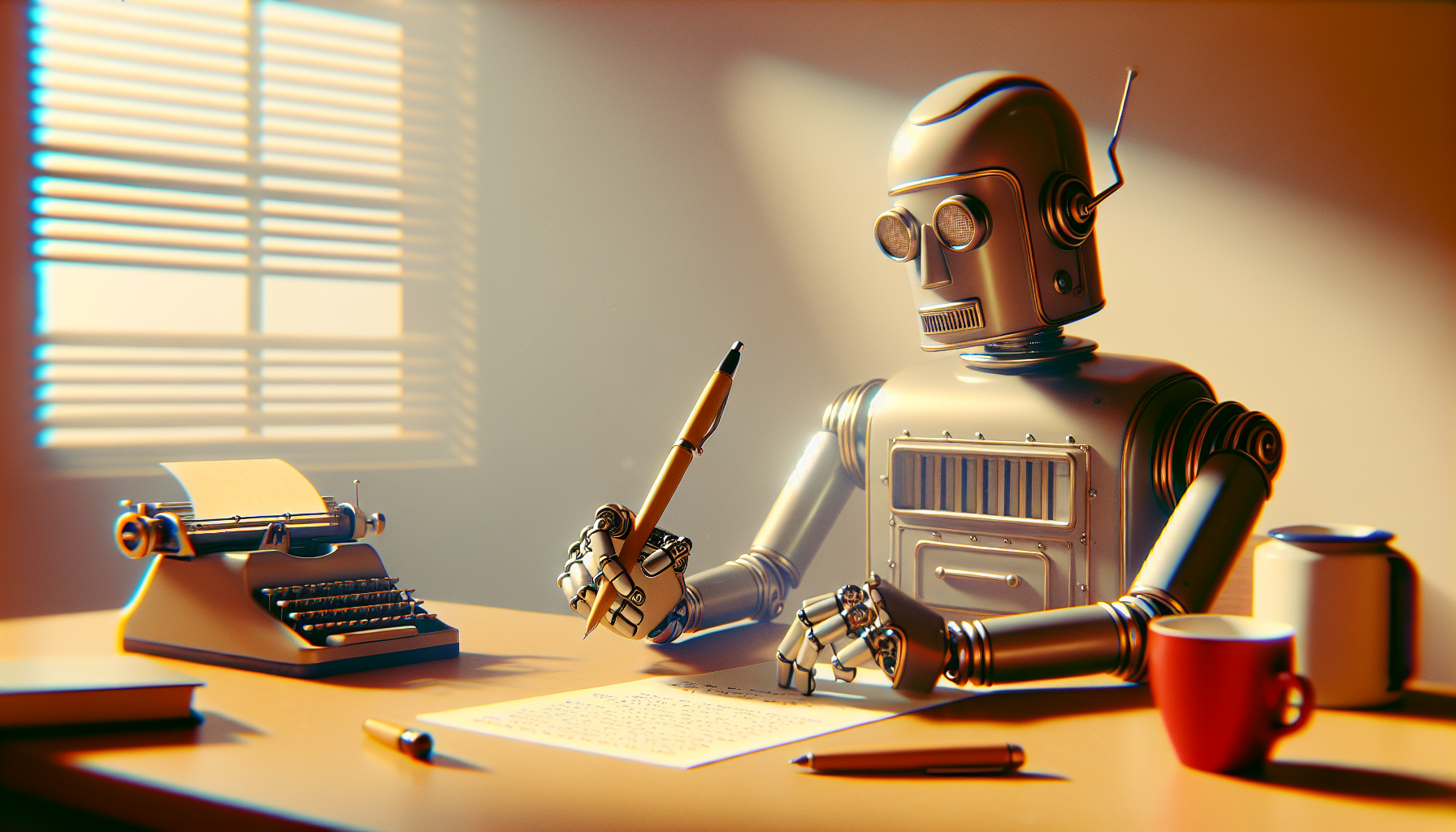Picture this: a robot sits at a desk—if you can imagine such a thing—pen poised over paper, deep in thought, pondering its next line of poetry. Or perhaps a neural network hunched over a canvas, dabbing brushstrokes onto pixels to create a digital masterpiece. The headlines are everywhere: “AI paints like Van Gogh,” “AI writes a hit song.” It all sounds very inspiring, perhaps even a touch menacing if you’re a professional artist. But it begs a perennial and pressing question: Is this creativity in any meaningful sense? Or is AI just a high-tech parrot with a penchant for pastiche?
What Does It Mean to be Creative?
To untangle this, let’s ask what creativity even is. For centuries, it’s been lauded as one of humanity’s most mysterious and prized faculties—the ability to conjure something new and valuable, to leap beyond the given and the routine, to surprise not just the world, but even oneself. Poets muse, musicians improvise, inventors tinker, and through it all, a distinct spark seems to course through the chaos. So, where does this leave our digital descendants?
AI, at least as it exists today, is built very differently. Most contemporary AI uses vast quantities of data—billions of images, stories, or snippets of code—to “learn” patterns, structures, and associations. When prompted, it produces something reflecting those patterns. Its results can look astonishingly original. A clever neural net might generate a painting no human has ever conceived before, in a style reminiscent of Jackson Pollock but with, say, a hint of Salvador Dalí.
This leads us to the heart of the debate: is this genuine inspiration, or is it just skilled imitation on a grander scale?
The Mechanisms of Machine “Creativity”
Let’s peek under the hood. Unlike a novelist who might be struck by a sudden bolt of insight (sometimes in the shower, annoyingly enough), AI operates by calculating probabilities. When you ask an AI to write a story or invent a melody, it isn’t channeling the muses; it’s stitching together elements it has seen before and predicting what comes next, rather like a statistical fortune teller.
This isn’t necessarily a bad thing. After all, humans also rely on imitation more than we’d care to admit. Most young poets start by mimicking their idols, most scientists build on prior discoveries, and even Mozart grew up listening to his father’s compositions. “Imitation,” as Oscar Wilde quipped, “is the sincerest form of flattery.”
But AI’s “imitation” is different in important ways. When it writes a new story, there’s no intention, no personal stake, no feeling of being compelled to express some ineffable truth. The machine doesn’t wince if its “poem” is criticized or jump for joy when it’s praised. There’s output without inner life.
Is Surprise Enough?
Some argue that if AI reliably produces works that surprise and delight us—or even challenge our notions of beauty or meaning—then it doesn’t matter how it gets there. Maybe “creativity” is in the eye of the beholder, not the fingers (or circuits) of the creator. After all, some celebrated works of art were initially dismissed as garbage until the public caught up. Why not embrace the idea that an algorithm can be creative, at least in the sense of being a source of novelty?
But let’s be precise here. AI is very good at recombining the old in unexpected ways. It can dazzle with juxtapositions, generate variations at lightning speed, and even “improvise”—if we define improvisation as on-the-fly remixing, not spontaneous insight. What’s missing is the sense of purpose, the existential dimension of creativity. When humans create, it’s wrapped up with motivation, doubt, context, a desire to communicate or explore. For AI, none of these apply. At least, not yet.
What Does This Mean for the Human Condition?
Should we be worried? Is AI about to trounce us at the last activity we thought was uniquely ours? The answer is a mix of yes, no, and “it’s complicated.”
AI already excels at certain forms of everyday creativity: designing logos, generating background music, or offering up joke concepts at the speed of light (though delivery is not its strong suit). For tasks that are formulaic or demand endless variation, AI is already indispensable.
But the more human aspects of creativity—wrestling with ambiguity, expressing inner turmoil, making sense of chaos—those remain, for now, distinctly ours. AI cannot tell you what it feels like to be alive, to love and lose, to gaze at the stars with aching hope. It can remix those ideas, yes, but the lived experience belongs to us.
Looking Forward: Inspiration or Imitation?
Perhaps a better question is not whether AI can be creative, but how our relationship with creativity will evolve. With machines handling more of the routine, will this free us to take bigger risks, to push our own imaginative boundaries? Or will we outsource inspiration itself, becoming spectators to the show?
There is also the fascinating—and slightly unnerving—possibility that what we call “creativity” is less mysterious than we think, and that algorithms aren’t so different from us after all. This is either a humbling thought or a prompt to double-down on what makes us uniquely human.
In the end, AI may be the mirror that shows us creativity not as a solitary spark, but as an endless dance of influence, borrowing, and bold invention. It may nudge us to rethink what it means to create, to wonder not just how, but why.
So the next time you read a quirky AI-generated poem, don’t panic (yet). Take a moment to marvel at the ingenuity behind the imitation. And perhaps, just perhaps, see it as a challenge: the machines are learning from us—but do we still remember how to astonish ourselves?

Leave a Reply